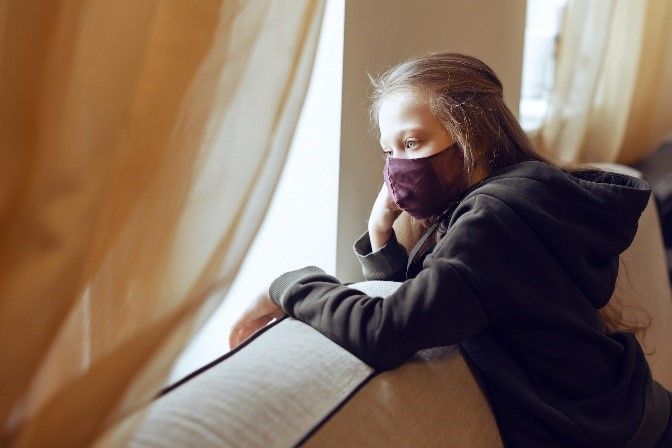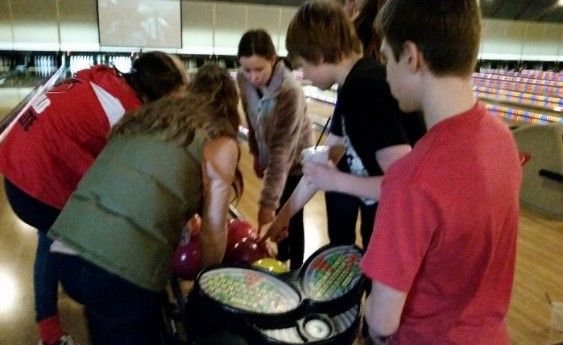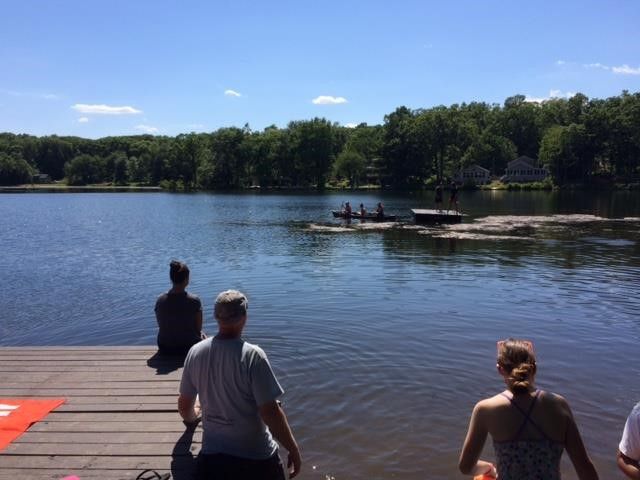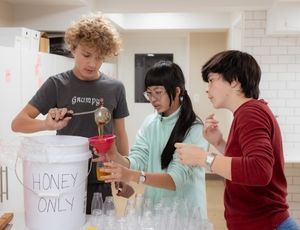During the elementary time period, our children are developing their emotional skills, which provide an important base before young people enter their more tumultuous adolescent years. Major emotional skills mastered during this stage include how to adjust to different rules and social norms for behavior, understand others’ feelings, acquire more control and management of emotions, and develop strategies for patience and general adaptability.
In addition to not having as much opportunity to flex these social-emotional muscles, so much was outside of our children’s control during the early COVID years. As a result, more young people have developed increased anxiety, which can manifest in a multitude of ways.
For some children, just the transition into the school building and away from parents or caregivers can cause anxiety to flare up. For others, trying to figure out how to interact with peers in-person can be anxiety-provoking.
To help, we can focus on communication and collaboration. This can range from recognizing and discussing emotions when children are calm, to remaining open and empathetic when strong emotions surface. It’s essential that, as adults, we model emotional regulation so our young people can see how we use coping strategies, like taking deep breaths or stepping away from a situation, rather than just reacting.
We can also be sure to address our kids’ behavior rather than their emotions. This helps young people understand the distinction between their feelings and their actions. For example, if someone feels angry, that is just a feeling, which is neither good nor bad. However, if someone acts on that feeling by hitting another person, the behavior of hitting is unacceptable. When we handle disciplinary situations, our responses can help our kids begin to internalize that it is okay to experience a range of emotions and that they have choices and limits in terms of how they behave.
Involving our children in the conversation is essential. They might need help voicing or expressing their emotions and anxieties so worries don’t stay hidden inside where they can easily proliferate. Most importantly, we need to help ensure that children don’t keep avoiding whatever is causing them stress or anxiety.









